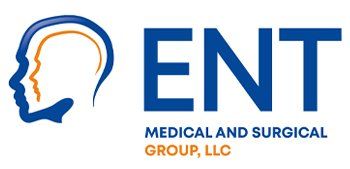Tympanoplasty
Tympanoplasty is an elective, ambulatory, microsurgical procedure performed to close a perforation in the tympanic membrane (eardrum) when nonsurgical methods are ineffective. Perforations may be caused by infections, injuries, flying with a cold, and cotton swabs; symptoms include drainage or bloody discharge from the ear, hearing loss, dizziness when water enters the ear, and frequent ear infections. Antibiotics, decongestants, ear drops, and abrasion with a small hook are often tried before surgery is recommended.
Surgery may not be recommended for very young children or patients with chronic sinus or nasal problems, such as severe allergies, acute infection in the sinuses or nose, or poorly controlled diabetes or heart disease.
Tympanoplasty can require either local or general anesthesia and may be performed in conjunction with a mastoidectomy if infection is present there. An incision is made either in the ear canal or behind the ear, depending on the size and depth of the perforation. The damaged ear drum is lifted and the perforation located; skin from behind the ear or from the ear lobe (tragus) is removed, thinned, dried, and applied to the eardrum.
The bones of the middle ear are examined for damage. In a supplemental procedure known as ossicular reconstruction, the damaged or eroded bones may be bridged with a bone or cartilage graft, reshaped using an operating microscope, or strengthened by the implantation of an artificial bone strut made of hydroxy apatite to reduce the risk of rejection. Another, rarer ossicular-reconstruction procedure called malleus fixation involves the reshaping of the malleus bone (“hammer”).
The incision is then closed. Stitches beneath the skin will be required if the ear was opened.
Patients often return home in about three hours after tympanoplasty or the next morning if ossicular reconstruction is performed, and they may return to work within the week. Swimming and showering without ear plugs may be resumed in three to four months. Antibiotics or Tylenol® usually relieve any post-surgery pain. The graft is checked at 10 days and again at three weeks, and a hearing test is performed after four to six weeks. The perforation heals properly in over 90% of cases. Failure may result from immediate infection, water getting into the ear, or displacement of the graft after surgery.
Complications are uncommon but may include temporary dizziness, tinnitus, loss of taste on one side of the tongue, facial nerve injury, and further hearing loss.



